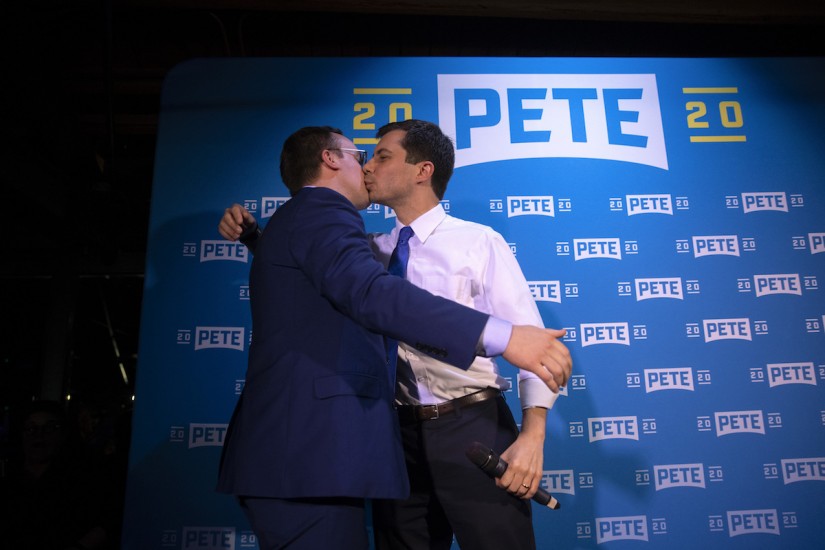How likely is it that the U.S. has had a gay president?
Though theories exist about Buchanan and Lincoln, both Balcerski and Cleves make it clear that the modern way of thinking about sexuality can’t be applied to the era that 19th century presidents lived in. Even if the two had some sort of attraction to other men, they wouldn’t have identified as gay because that notion of living as an out gay man didn’t exist, both historians say.
The term homosexual, for instance, didn’t exist until 1868.
“If what [Buttigieg’s] remarks were that it’s likely that… someone in the past probably experienced same-sex desire, or same-sex attraction, or same-sex encounters, I would say yeah, I would agree with him,” Cleves says.
Obviously there were men who were attracted to other men or had sexual experiences with other men, she says.
“I think that there were always gray areas and nuances and plenty of possibilities for men in the late 19th and 20th century to have sex with other men and not consider themselves gay,” Cleves says.
But by the standard of modern gay identity, no president would fit into that category.
“[Buttigieg] lives in the 21st century where he can be married, he can be happy, contented, he can be proud of his identity,” Balcerski says. “That was not possible until, frankly, about the year he was born.”
Both Balcerski and Cleves say gay identity needs to be seen through the lens of the era. Depending on the time and place, affection for members of the same sex was normal and was seen as having nothing to do with sexuality.
“In some ways, the first half of the 19th century was much more open towards physical touch between men and expressions of love,” Cleves says. “Did James Buchanan or Abraham Lincoln identify as gay in the modern sense of the term? That would be very difficult. But did they have long standing relations with other men? In both cases I think the answer is yes, they had deeply loving and physically intimate—although I don’t know that they were sexual—relationships with other men.”
